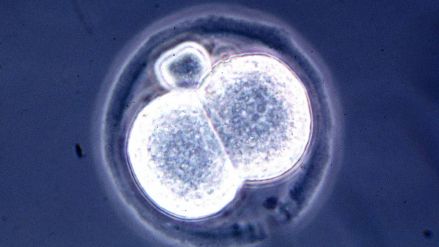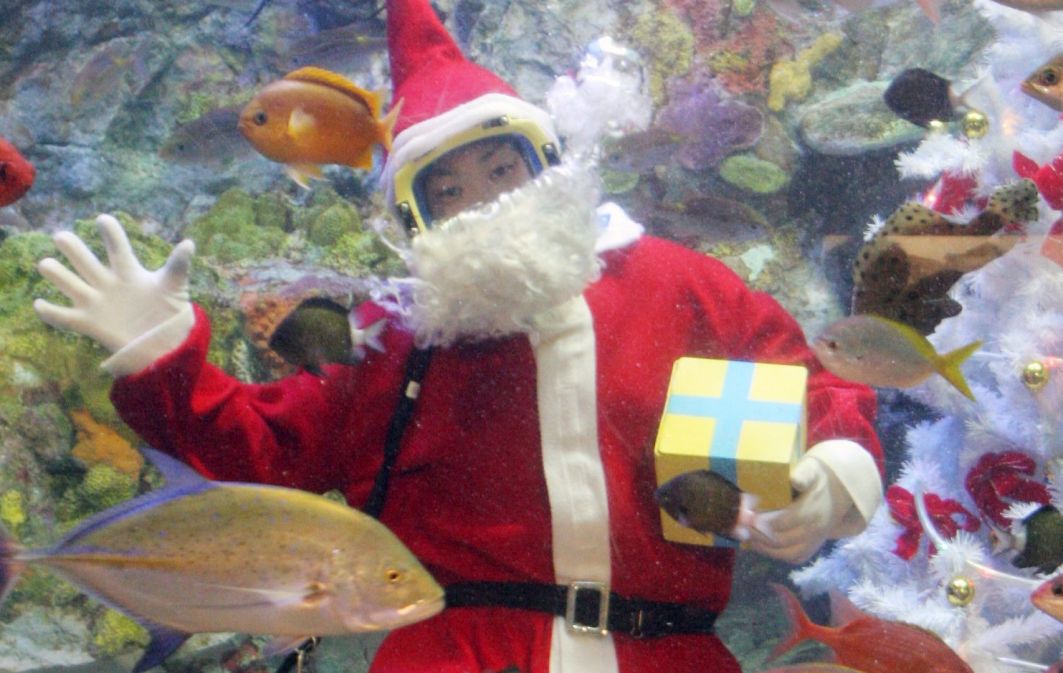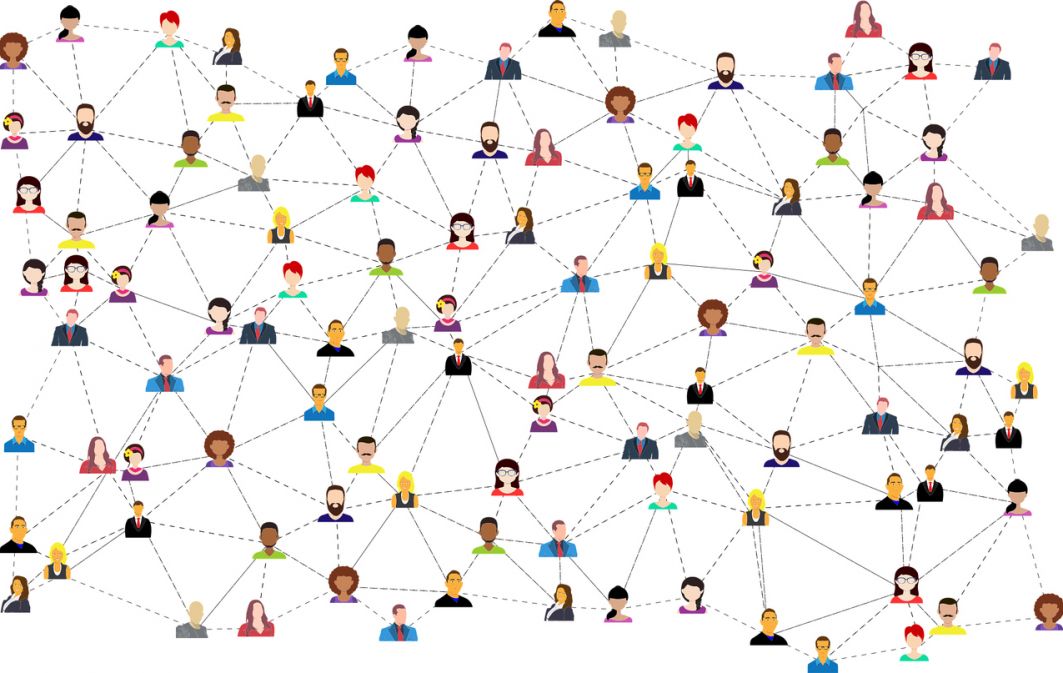TVP Dokument invites you to an eight-episode documentary series ”People and bees”
TVP WEEKLY: Spring is here, summer will soon come and with it we will start complaining about mosquitoes, ticks and other insects that do not make our lives more pleasant. Is that right?
MAREK KOZŁOWSKI: It depends on your point of view and how you look at things. Often, unfortunately, we forget that we are, in a way, entangled in the whole web of interactions of nature, that is, living organisms. It can easily be proved that if it were not for insects, we would not exist on this Earth at all. After all, we are descended from animals that are insectivorous. Insects are also, as it were, small animals that have a very long history.
During this time, as far as biocoenoses [a biocenosis is a set of populations of plant and animal organisms and microorganisms belonging to different species, but related to each other by various interrelationships - ed.] on land - because let us remember that there are no insects in the oceans, they are somewhat replaced by crustaceans - insects, which are small and fast, have squeezed themselves into almost every crevice of the environment and live very well. They also make the environment function to a large extent.
 SIGN UP TO OUR PAGE
SIGN UP TO OUR PAGE

A world without insects is in fact impossible and we, i.e. humans, appeared on it relatively recently. Our species is a tiny fraction. Insects have lived for almost 900 million years and we for only a quarter of a million. We are a small, insignificant episode in relation to them. If humans disappeared the insects would not notice at all.
In a word, insects are a powerhouse and a useful one as well?
Yes, they are a powerhouse pervading the entire terrestrial biocenosis. They are everywhere; many plants, moreover, have been shaped by their dictates. We, as participants in this biological history, are not free from various arrangements with insects. Although in our culture they are often perceived in a negative way.
In school, children are taught silly things like that toad is useful because it eats insects. There are many animals that eat insects. That's the way the food chain is, that's the relationship between the two, inseparable.
Japanese culture, for example, does not treat insects with contempt or disdain. Somehow it has happened that our European culture, especially the central one, has at some point created a kind of insect atavism, and I would like to emphasise once again that without insects there really is no world. It is harder to imagine it without them, much easier without humans.
You said that nature was adapting to insects in a certain way. Can we give some specific examples?
Flowers or most songbirds are dependent on insects. Especially the flying ones, such as swallowtails, hedgehogs, but also many others. In a way, the world of insects is reflected in them, and the same is true of flowering plants or those that bear fruit. For them, insects are pillars without which they cannot exist somewhat like in the construction industry. A cathedral without pillars would quickly collapse. It is very similar in nature.
When you talk about flowers and insects, the first that comes to mind is the bee. For centuries referred to as the queen, today it is seen as an insect that needs to be saved, which is essential both for nature and also for man.
According to the theory of evolution, man descended from the ape, and apes were fruit-eaters. The sweeter the fruit was, the more nutritious it was. This craving for sugar, moreover, has remained with us to this day. At a time when refining from beet or sugar cane was not yet possible, the true and only sweetness was honey. And this was produced by one type of bee, the honeybee. The selection of honey thus became an important issue in human endeavour. Sooner or later, this activity was joined by the aforementioned enormous desire for this sweetness.
Over many thousands of years, man has tamed the bee. It is true that apiary managements were dated as far back as ancient Egypt, but these European bees were forest animals all the way up to the 19th century. In central Europe, they lived in hollows and it was from these that the honey was robbed. Man behaved a bit like a bear. At some point, he came up with the idea of keeping bees in the forests. Holes were hollowed out and bees were attracted to them by some means. They were usually placed quite high up, so that animals such as the aforementioned bears and badgers could not get into them.
This was the bee-keeping economy, then slowly over time it was brought down to earth and the hollows were drilled into tree logs, until finally, although also relatively recently, only 200 years ago, structures reminiscent of today's beehives appeared. From then on, the great supply of honey began, although sugar production also took place in parallel.
Nevertheless, the bee began to have a unique status in the culture. It did not disappear, but died, and it was and is very industrious and causal, because it is thanks to it that man has, for example, rape. In a word, it worked, and still works today, on people's imagination.
And the aforementioned mosquitoes and ticks? Are they needed?
Because I am a naturalist, it is difficult for me to adopt the optics that something is needed or not, especially for humans. This is an obvious reality for me. I am not a person of faith, so I do not believe that God created the world to serve man. Similarly, I don't believe that there is good and evil in nature, these are purely human knickknacks that we have created for ourselves along with culture and our self-awareness. If something that exists and lives in this nature disturbs us terribly, we try to deal with it somehow.
Ticks have always been around, we do not live in a paradise, but in a world of various parasites, which can be pathogenic, and arthropods, of which ticks are our greatest enemies, but are just as bad for rodents, wolves, lynxes and hares. An evolutionary artery of sorts has emerged, which has been remarkably skilfully used and enjoyed by all sorts of germs, which have taken a particular liking to ticks. We too have been in it for some time.
As for mosquitoes, they are quite sterile nowadays, but the malaria epidemic was still present in the 1960s in Radom district. Before that, it was the bane of areas around rivers and marshes. Although we can sleep well for the time being, it is important to remember that the world being in the tropics or subtropics is saturated with mosquito-borne germs.

 SIGN UP TO OUR PAGE
SIGN UP TO OUR PAGE
 A world without insects is in fact impossible and we, i.e. humans, appeared on it relatively recently. Our species is a tiny fraction. Insects have lived for almost 900 million years and we for only a quarter of a million. We are a small, insignificant episode in relation to them. If humans disappeared the insects would not notice at all.
A world without insects is in fact impossible and we, i.e. humans, appeared on it relatively recently. Our species is a tiny fraction. Insects have lived for almost 900 million years and we for only a quarter of a million. We are a small, insignificant episode in relation to them. If humans disappeared the insects would not notice at all. 




